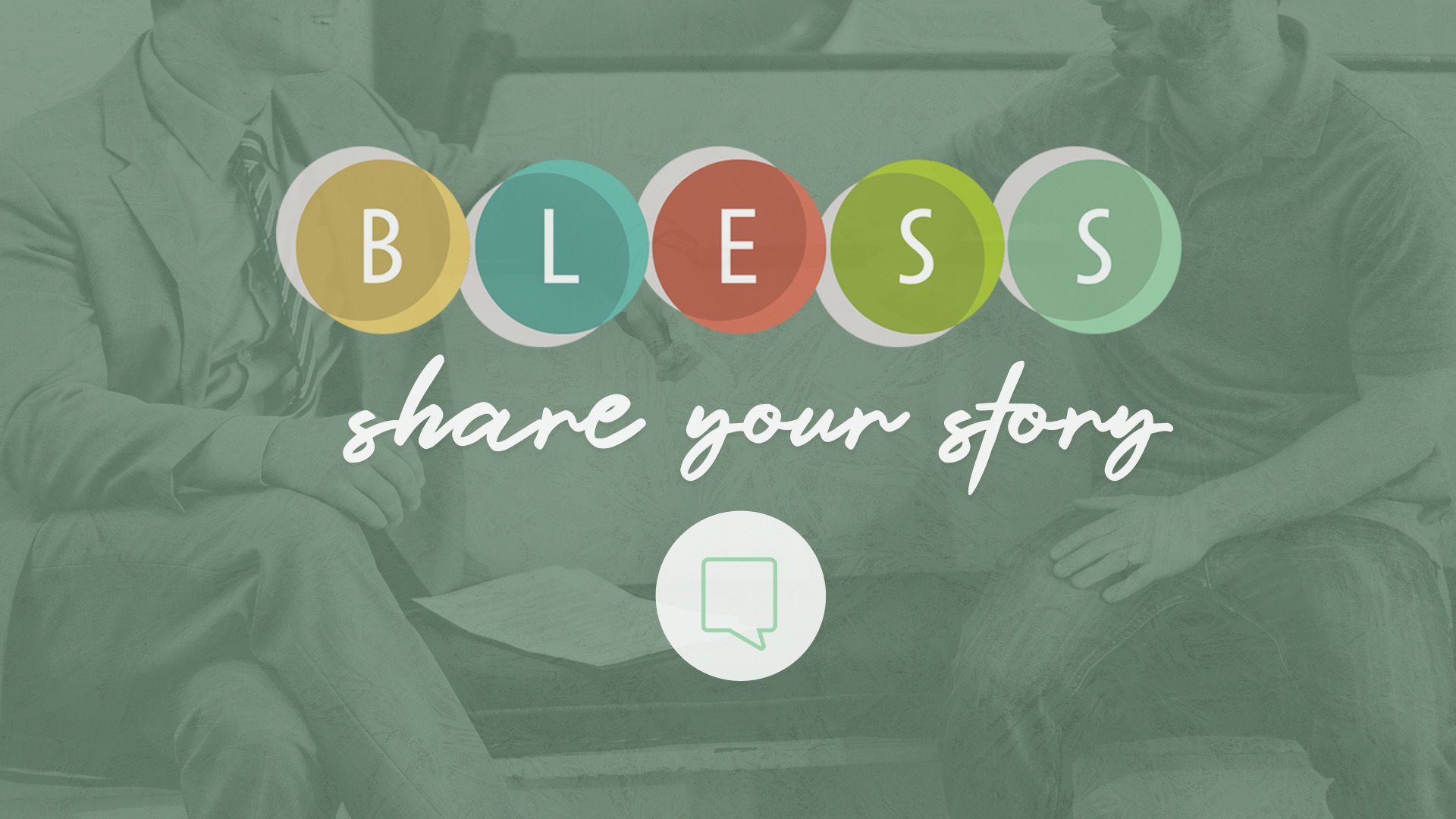
Sharing Your Story
One of the greatest difficulties in sharing your story may be in knowing your own story! Some people feel that they have little to share, while others struggle to discern the key moments within a sea of details. The exercises that follow are tools to help you discover your own story, or rather, the story of God in your life. There may be moments of drama, some of comedy, perhaps even of tragedy. In the end, it is a love story – God’s love for you!
One of the greatest difficulties in sharing your story may be in knowing your own story! Some people feel that they have little to share, while others struggle to discern the key moments within a sea of details. The exercises that follow are tools to help you discover your own story, or rather, the story of God in your life. There may be moments of drama, some of comedy, perhaps even of tragedy. In the end, it is a love story – God’s love for you!
The exercises are organized around three key chapters of your life: childhood, adolescence, and adulthood. For each of those chapters, there are three suggested exercises. You could do these exercises on your own, but you’d be missing out on something valuable. These exercises are designed to draw you back to re-experience some of your story. However, we seldom truly know our own stories until we share them with someone else. Therefore, it is strongly recommended that when you do these exercises you include the opportunity to share what you’ve done with someone else. After sharing the results of an exercise from childhood, adolescence, and adulthood, people often discover that they have created a spiritual life story in three chapters.